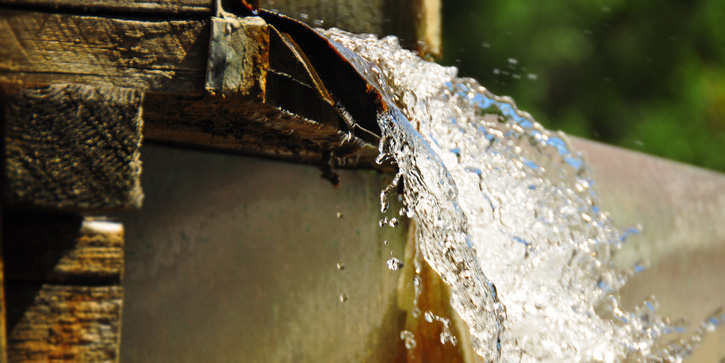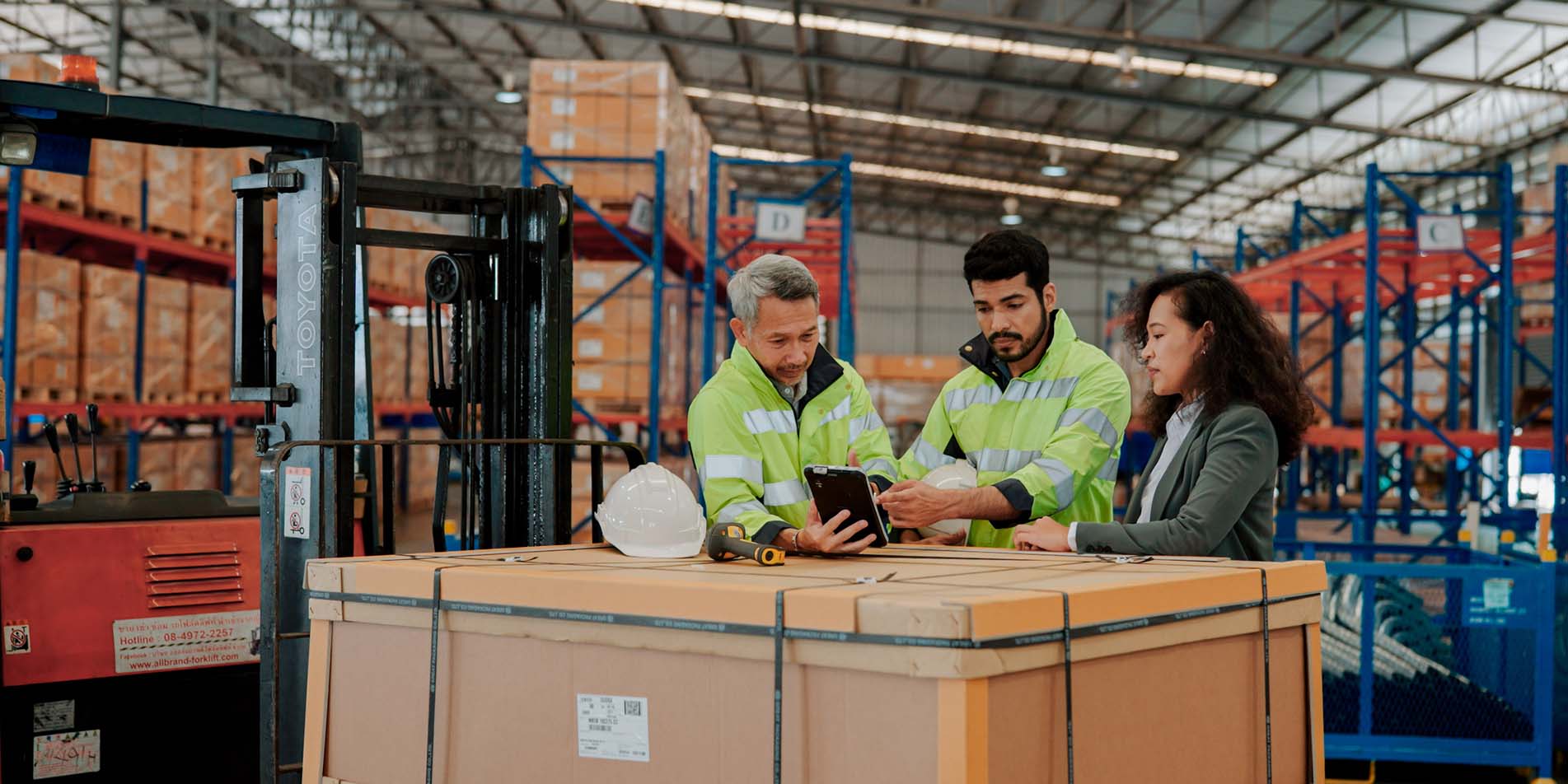How to Prevent Water Damage in Commercial Buildings
InsightsArticle26 February 2021
Water damage in office and residential buildings can impact not only revenue, but also people’s jobs and quality of life. To help prevent significant losses due to water, owners and managers should plan and implement water damage prevention programs. Effective programs will involve:
- Engineering controls such as excess flow shutoffs
- Administrative controls such as education of staff on reporting small leaks and locations of shutoff valves
- There are some proprietary technology solutions that can be installed that monitor water flow in pipelines and can detect continuous flow which is an indicator of a leak. It can create an alert and can be interlocked to shut off valves as a precaution.
- Emergency procedures such as having equipment on hand to mitigate the effects of a spill
Mitigate damage the moment leakage is discovered
Quick action is necessary the moment water is discovered. This would include turning the power off, shutting off the water supply where the leak is coming from, covering up equipment that could be impacted. After these safety steps are completed you must then begin to remove the water and the wet items, before initiating the clean-up procedures.
Emergency phone numbers should be readily available to all management and personnel responding to the incident, including professional clean-up company(s), professional equipment restoration company(s), companies for critical and valuable equipment and sources for renting additional wet vacuums and dehumidifiers, if required. You can lodge your claim online or call a member of our team on 1800 611 372.
Protecting your piping
Piping and other systems in older facilities are more prone to failure. Greater maintenance and testing are needed to assure the integrity of the pipe, fittings and equipment. Some areas of the country have public or private water supplies containing certain minerals that increase the corrosion rate of water. Proper water treatment, system maintenance and testing of the integrity of systems must be practiced.
Protecting your building
Professional cleaners have the equipment necessary to quickly remove large volumes of water and properly clean and treat buildings and furnishings. Professional equipment restorers have the experience and resources to effectively clean and repair electronic equipment and get it recertified if necessary. Taking immediate steps can ultimately help in the overall clean-up process in the long run. This includes removing all wet items and extracting the water on floors as soon as possible. Setting up dehumidifiers if outside temperatures are greater warm and opening any doors and windows can help reduce humidity as well.
Protecting your equipment
When leakage does occur, immediate and proper action is vital to preventing further damage and assuring a faster return to normal services. Be sure to turn off the power immediately; do not re-energize equipment until authorized by qualified restoration personnel; drain all water; remove equipment; set up fans; wipe down and dry metal surfaces as soon as possible and follow up with professional restoration services.
Taking quick and effective action when water infiltration occurs can help you reduce the number and size of losses. Reducing the likelihood of such incidents also helps minimize the disruption to operations. The downloadable checklists below can help assess these key areas to determine the levels of exposure:
- Mitigation and reduction of liquid damage – A key measure in reducing losses from water damage is to perform a self-assessment.
- Critical equipment areas – Critical equipment areas, such as tenant equipment, main telephone rooms, electronic data processing centers, etc., can exacerbate even a small water leak.
- Roof evaluation – Water entry into buildings from outside can also cause serious damage. As with interior exposures, much of this potential risk can be identified in advance.
- Handling losses – When a loss occurs, dealing with it properly can help mitigate the damage. Zurich developed a checklist to assist you in dealing with losses both from a facility manager and a risk manager perspective.
- Vendor phone list for emergencies – Having a list of key vendors who can assist in the event of a water damage loss can help you mitigate a loss.
Doing new construction or renovation?
From where equipment is placed to testing valves and pipes, special considerations during your construction or renovation project could save you money in the long run. Some examples of pre-planning include placing valuable equipment on floors at or above grade, installing piping away from ceilings over critical and valuable equipment, installing valves in accessible areas, waterproofing floors above areas containing critical and valuable equipment, and implementing a procedure for plans to be reviewed prior to authorizing any construction or rehabilitation.
Protect against water-related risks under your own roof
While weather-related flooding grabs headlines, the potential for property damage and business disruption due to unanticipated water released inside your own facility demands just as much concern and preparation. By raising your own awareness of your risks, you will be better able to take proactive, positive steps toward prevention. We hope that some of the tips provided here may be of assistance in that journey.
You can get in contact with our property team here, or to find out more information about risk engineering you can visit here



